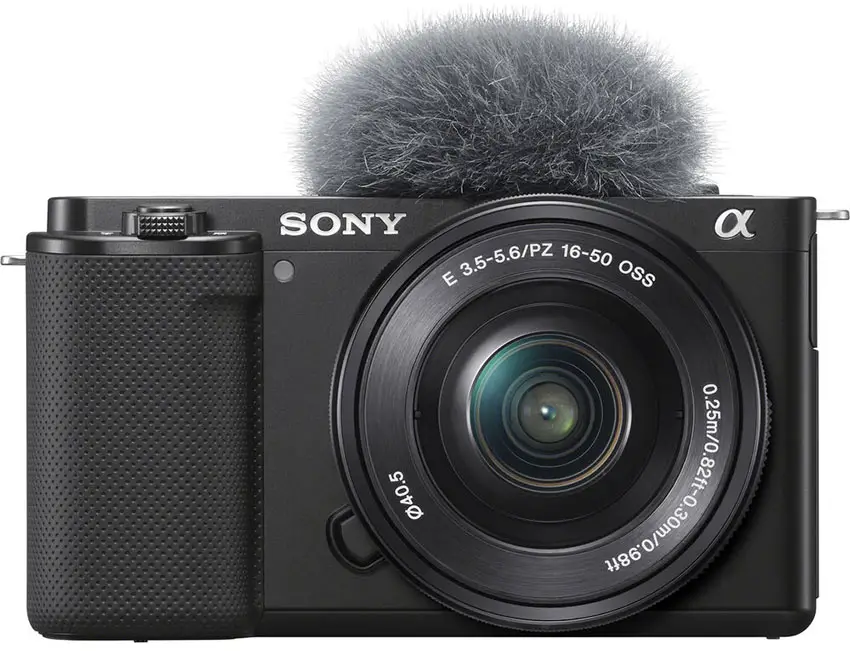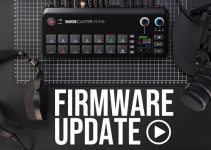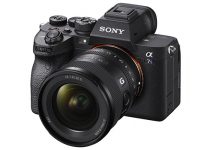Speed boosters came about to solve the problem of APS-C and smaller format cameras having a limited depth of field control and worse low-light performance than full-frame. It also happened because these other formats are more common, more affordable, and often more capable for video recording.
Being able to recreate the look and feel of a full-frame was almost a super power. However, these adapters require adapting lenses, don’t work on all cameras, and cost a fair deal of cash to purchase. If you are curious about how to get the full-frame look yourself using an APS-C camera there is a nice explainer from filmmaker Joris Hermans. He explains how the cameras work and how you can do it yourself.
The differences between APS-C and full-frame are noticeable – if all things are equal. If you are trying to get the “full-frame look” you can actually get a close approximation just by understanding how optics work and how different settings can change your image.
There are the obvious parts, such as crop factor, which means when you use similar lenses and focal lengths on smaller formats you are getting a tighter framing. That is why a lot of APS-C/crop lenses refer to something called the “equivalent focal length.” This accounts for the crop factor and shows what lens you will want on an APS-C sensor to achieve the same field of view as a full-frame lens on a full-frame sensor.
In the examples, Joris provides he shows how a 22mm camera on a 1.6x crop APS-C camera will get you about a 35mm equivalent focal length. So when you switch between a 35mm lens on a full-frame camera and a 22mm lens on an APS-C camera you will get similar framing.

Image Credit: Sony
You could do this physically as well by moving the camera setup to match framing, but it’ll change the perspective of the shot and not look quite right.
The other part of crop sensors is how depth of field is affected. If your account for crop factor alone and use the same aperture on both your full-frame setup and an APS-C setup the crop sensor will have a greater depth of field. No super soft bokeh for you.
How do you fix depth of field? It’s simple if your lens can do it, it’s just open up your aperture a bit more. Now, you are going to be limited by your lenses here since if you can’t open up your aperture more to mimic the full-frame look, you are stuck with the cropped image.
One thing you can do is get dedicated APS-C lenses that are faster than their full-frame equivalents, basically giving you a full-frame look without the full-frame system. It’s hard to understand without seeing it but if you watch this video you can get some good examples.
[source: Joris Hermans]
Disclaimer: As an Amazon Associate partner and participant in B&H and other affiliate programmes, we earn a small comission from each purchase made through the affiliate links listed above at no additional cost to you.




